Astrophytum caput-medusae, commonly known as the Medusa’s Head cactus, is an intriguing succulent that captures the attention of both novice and seasoned plant enthusiasts. With its distinctive appearance, characterized by its long, snake-like arms and vibrant blooms, it serves as a stunning addition to any collection. This guide provides comprehensive information about the cultivation and care of this exotic plant, addressing key concerns that potential growers may have.
The Medusa’s Head cactus, a member of the Cactaceae family, is native to Mexico. Its unique morphology not only makes it visually appealing but also raises specific questions regarding its optimal growth conditions. Proper understanding and techniques will ensure that your Astrophytum caput-medusae thrives in a home environment. This guide will delve deeply into the necessary aspects of its care, including soil selection, watering protocols, light requirements, temperature considerations, and propagation methods.
Understanding the environment in which your Medusa’s Head cactus flourishes is crucial. This succulent is fond of arid habitats, making it essential to simulate similar conditions for successful growth. A proper mix of soil, light exposure, and watering strategy will significantly affect its health and vitality.
Choosing the Right Soil Blend
The foundation for a flourishing Astrophytum caput-medusae lies in its soil composition. It is imperative to select a well-draining cactus soil or create a customized blend. A high-quality commercial cactus mix can be suitable, but enhancing it with additional components can further optimize drainage. Consider blending equal parts of potting soil, coarse sand, and perlite or pumice. This mixture will facilitate airflow to the roots and prevent the risk of overwatering, which is a primary concern for many cactus growers.
Moreover, incorporating materials such as crushed granite or gravel can add further texture to the soil mix. This ensures that excess moisture drains effectively, mimicking the natural rocky terrains that these plants originate from. Ultimately, the right soil blend is critical to achieving healthy growth and vibrant blooms.
Light: A Vital Energy Source
Astrophytum caput-medusae thrives under bright, indirect sunlight. Positioning your cactus near a south or west-facing window generally yields the best results. However, it is important to note that while it requires ample light, exposure to direct sunlight for extended periods can lead to sunburn. Monitor the plant closely, especially during peak summer months, as intense sun rays may scorch the delicate surface of the plant.
For those who live in regions with harsh summer climates, utilizing sheer curtains can diffuse sunlight, providing an ideal growing environment. Alternatively, using grow lights for indoor cultivation can ensure your cactus receives adequate light year-round. Placement is key; ensure that your cactus is receiving about six hours of bright light each day, adjusting the location as the seasons change to optimize growth.
Watering Wisely
One of the most significant concerns for individuals growing Astrophytum caput-medusae is the watering regime. This cactus exhibits a quintessential adaptation to arid climates, requiring a meticulous approach to hydration. The general rule of thumb is to allow the soil to dry out completely between waterings. This enhances the plant’s ability to absorb moisture efficiently without risking over-saturation, which can lead to root rot.
During the growing season, which typically spans from spring to early autumn, watering should be carried out every two to three weeks. As temperatures cool and the plant enters dormancy, it’s prudent to reduce the frequency of watering to once a month or even less. Utilizing room-temperature water and applying it directly to the soil, ensuring that it drains out of the bottom of the pot, is ideal. Avoiding water accumulation in the plant’s crown is essential, as this can result in fungal infections or decay.
Temperature and Humidity: Ideal Conditions
The Astrophytum caput-medusae favors warm temperatures and prefers a range between 70°F to 100°F (21°C to 38°C) during the day. Nighttime temperatures should ideally remain above 50°F (10°C) to avoid stressing the plant. It is essential to avoid exposing this cactus to frost or extreme cold, as it can severely damage its structure.
Humidity plays a less critical role in the care of Astrophytum caput-medusae, as it thrives in dry conditions. Standard household humidity levels will suffice, but be wary of overly humid environments, which can encourage mold and decay. Providing adequate air circulation around the plant can further minimize the risk of moisture buildup.
Fertilization: Boosting Growth and Bloom
To promote robust growth and vibrant blooming, regular fertilization is beneficial. Applying a diluted, balanced fertilizer formulated for cacti and succulents during the growing season can invigorate the plant. Aim for a fertilizer with a lower nitrogen ratio, as excessive nitrogen can lead to leggy growth, which detracts from the plants’ inherent beauty.
Fertilization should typically occur every four to six weeks from spring through summer. During the dormant phase in autumn and winter, halt fertilization. Observing the plant’s growth response will guide you in adjusting the fertilization schedule to suit its specific needs.
Propagation: Expanding Your Collection
Propagating Astrophytum caput-medusae can be an exciting endeavor, leading to the establishment of new plants. The most common propagation method is through seeds, as this cactus rarely produces offsets or pups. Collecting seeds from a mature plant is straightforward, but patience is key, as germination may take time.
Irrigate the soil lightly before sowing and place the seeds on the surface without burying them. Utilizing a germination tray or shallow container can facilitate the growth of seedlings. Maintain a warm environment and a humidity dome or plastic cover to retain moisture while ensuring good airflow to prevent damping off.
After a period of approximately two to four weeks, seeds will germinate. Once the seedlings develop a few sets of true leaves, they can be transplanted into individual pots using the same well-draining soil mix discussed earlier.
Common Pests and Problems
Astrophytum caput-medusae is relatively resilient against pests, but it is not immune to some common issues. Scale insects and aphids can occasionally afflict the plant, leading to unhealthy growth. Inspect the plant regularly to catch infestations early. If noted, treat the affected areas with insecticidal soap or neem oil, ensuring that you adhere to product instructions for effective application.
Furthermore, watch for signs of fungal infections, typically resulting from overwatering or high humidity. If you notice brown spots or wilting, adjust the watering technique immediately. In severe cases, remove any affected parts and consider repotting the cactus to avoid further contamination.
Conclusion: The Alluring Astrophytum Caput-Medusae
Astrophytum caput-medusae, with its striking form and rarity, is a coveted specimen among collectors and hobbyists. With an understanding of its specific needs—proper soil, light, temperature, and watering techniques—you can successfully cultivate this beautiful cactus. Addressing potential concerns regarding care and common issues will contribute to a thriving, healthy plant that can brighten any environment.
Integrating Astrophytum caput-medusae into your succulent collection not only enhances its aesthetic appeal but also provides an engaging gardening experience. As with any plant, vigilance, care, and a willingness to adapt your growing practices will pave the way for success in nurturing this remarkable species.
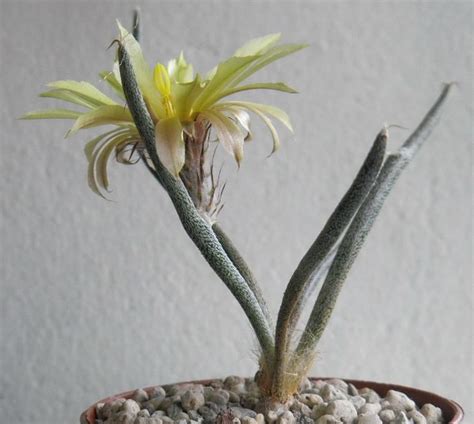
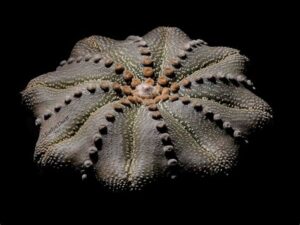
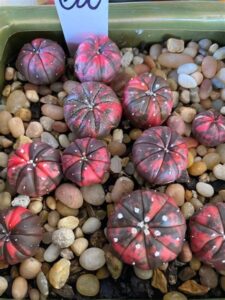
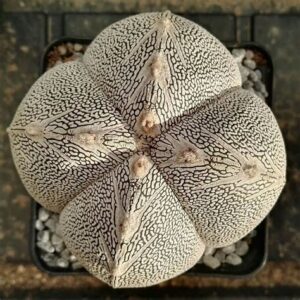
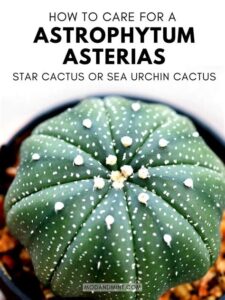
Leave a Comment